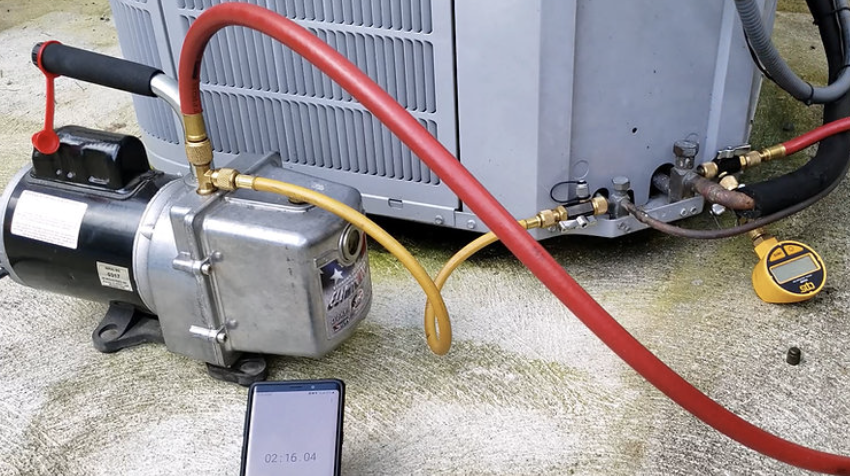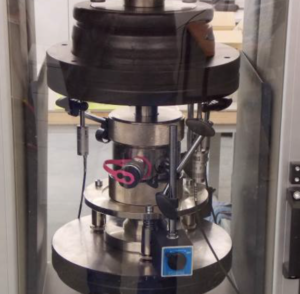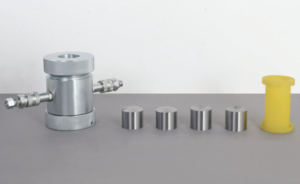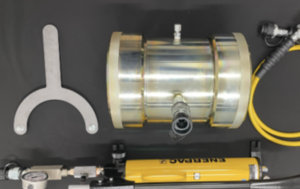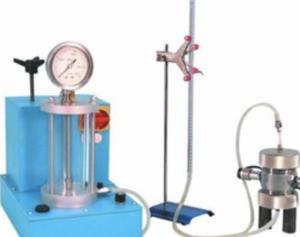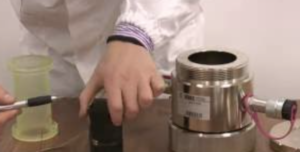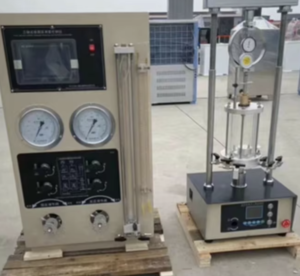How to Choose the Right Vacuum Pump for Your Triaxial Test System
Selecting the right vacuum pump for your triaxial test system is essential to ensure accurate specimen preparation, efficient saturation, and stable pore pressure control. The wrong choice can lead to extended setup times, poor test reliability, and higher maintenance costs. Here’s how to evaluate your options.
What Vacuum Level Is Required for Triaxial Testing?
In triaxial testing, vacuum pumps are primarily used for:
- Latex membrane mounting
- Sample saturation (often as part of the B-value check)1
- Reducing pore pressure fluctuations
Most applications require vacuum levels between 20–30 inHg (≈ 67–100 kPa below atmospheric pressure).
- Too low: Inadequate specimen saturation and higher risk of leaks
- Too high: Potential damage to delicate membranes or soil structure
Tip: Check your testing standards (e.g., ASTM D4767) for recommended pressure ranges.
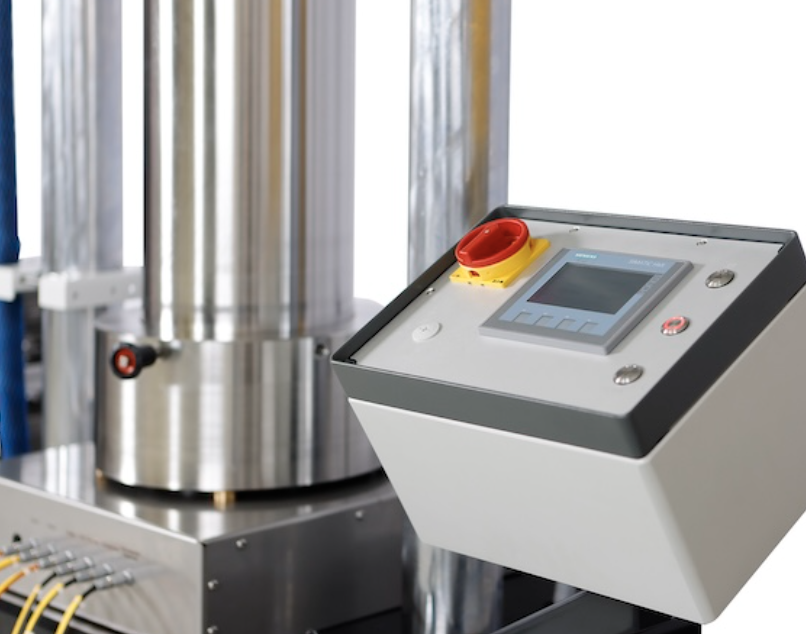
Which Pump Type Best Fits Geotechnical Lab Use?
The two most common pump types for triaxial labs are:
| Pump Type | Pros | Cons | Best For |
|---|---|---|---|
| Rotary Vane2 | High vacuum levels, reliable, good for continuous operation | Requires oil changes, heavier | High-volume labs |
| Diaphragm3 | Oil-free, low maintenance, portable | Lower ultimate vacuum, slower evacuation | Small labs, teaching environments |
Recommendation: Rotary vane pumps are preferred for most professional labs, while diaphragm pumps work well for educational setups or light-duty use.
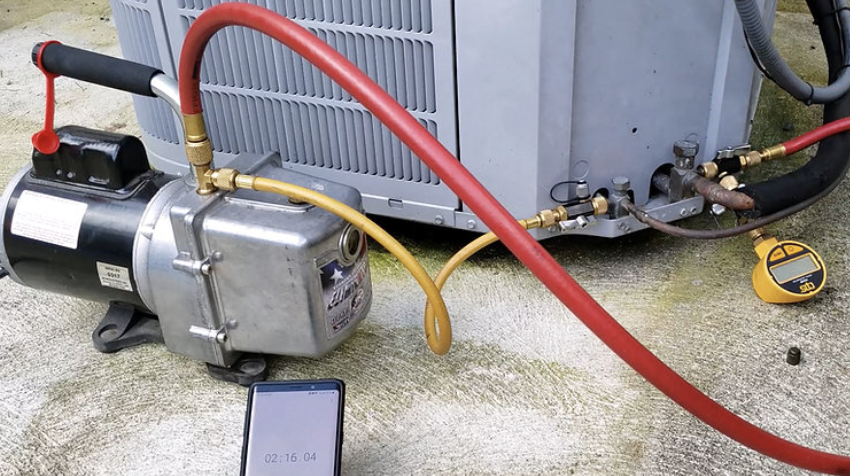
How Does Pumping Speed Affect Test Efficiency?
Pumping speed4, measured in liters per minute (L/min)5 or cubic feet per minute (CFM), determines how fast the system reaches the desired vacuum level.
- Higher speed = Faster specimen setup and saturation, ideal for high-throughput labs
- Lower speed = Sufficient for occasional testing but may delay workflows
Example: A pump with 50 L/min capacity can evacuate a standard triaxial cell much faster than a 20 L/min model, reducing idle time between tests.
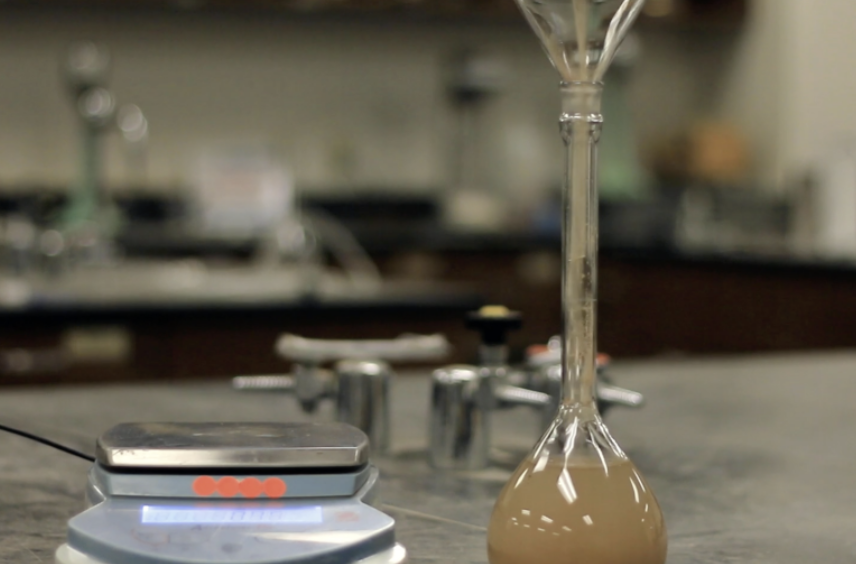
What Maintenance Factors Should Be Considered?
Maintenance impacts both performance and lifespan:
- Oil management6: Rotary vane pumps need regular oil changes to prevent contamination
- Filter replacement: Keep inlet and exhaust filters clean to protect the pump
- Seal inspection7: Replace worn seals to maintain vacuum stability
- Moisture protection: Use moisture traps to prevent water ingress
Pro tip: Choose a pump with easily accessible service points and readily available spare parts.
Conclusion
The best vacuum pump for your triaxial test system balances vacuum level, pump type, pumping speed, and maintenance requirements. Rotary vane models suit high-demand labs, while diaphragm types fit smaller setups. Always match your pump specifications to your testing standards and sample types to ensure accurate, efficient, and reliable triaxial test results.
-
Understanding sample saturation is crucial for accurate triaxial test results, ensuring reliable data for soil behavior. ↩
-
Explore this link to understand why Rotary Vane pumps are favored in professional labs for their reliability and high vacuum capabilities. ↩
-
Discover the advantages of Diaphragm pumps, especially for small labs and educational purposes, highlighting their low maintenance and portability. ↩
-
Understanding pumping speed is crucial for optimizing vacuum systems in labs, ensuring efficient workflows. ↩
-
Exploring L/min in vacuum technology helps in selecting the right pump for your specific laboratory needs. ↩
-
Understanding oil management is crucial for maintaining pump performance and longevity. Explore this link for expert insights. ↩
-
Regular seal inspection is vital for vacuum stability. Discover detailed guidelines to ensure optimal pump operation. ↩

